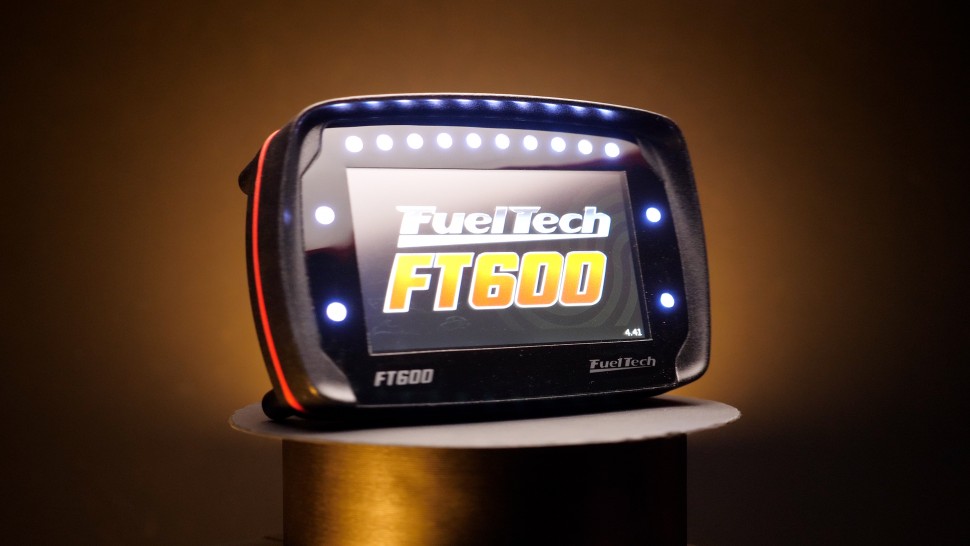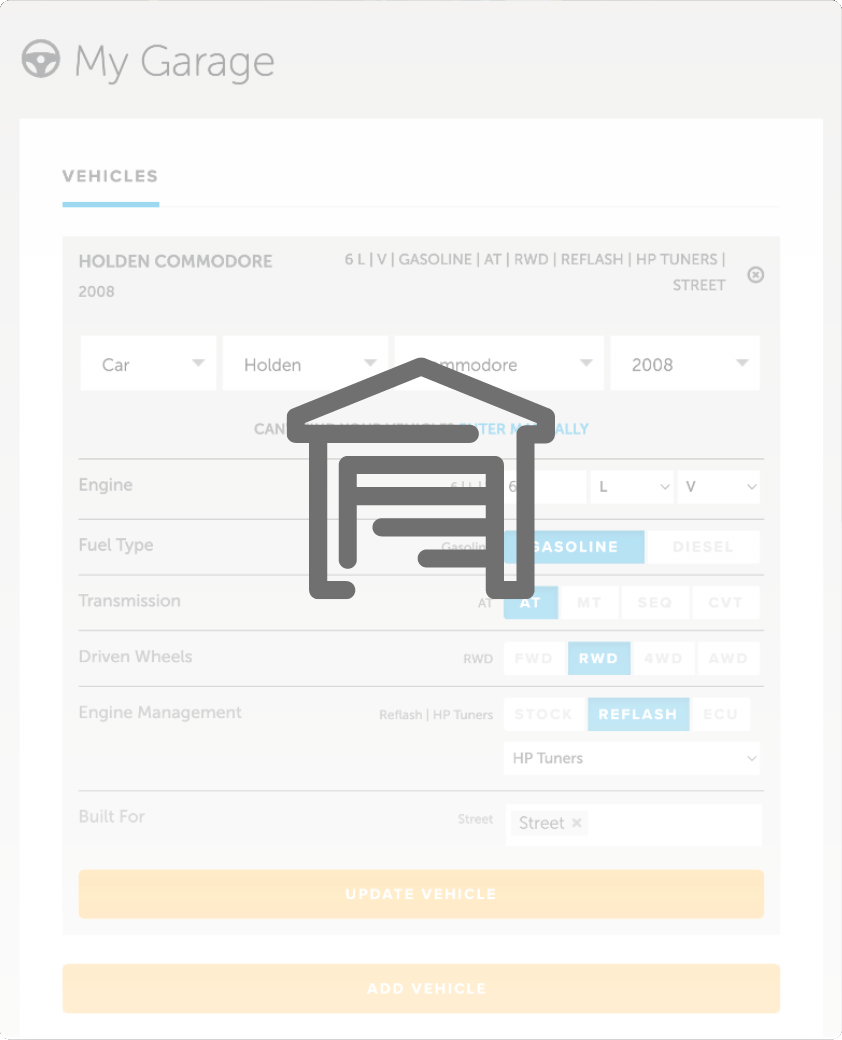Sincronización base | Ajuste del mapa de sincronización del encendido
Resumen
¿Qué es una sincronización base segura? Una sincronización que pueda introducir en el mapa de forma segura. ¿Existe un valor general, como 10 grados, que funcione como base para todos los motores? Bueno, solo voy a mencionar que el término que usaste, sincronización base, puede ser un poco confuso.
| 00:00 | - OK our first question here today comes from Dimitri who has asked, what is a safe base timing? A timing I can plug into the map safe, is there a general number such as 10 degrees that works for all engines as a base number? OK I'm just gonna mention here, the term you've used there, base timing, can be a little bit confusing. |
| 00:17 | I know exactly what you're talking about there, just a number that we can put into our ignition maps that we know that we're safe. |
| 00:24 | But there is another use for that term there, base timing, and this involves actually calibrating the timing that we are seeing on the laptop screen with the timing the engine is actually getting. |
| 00:35 | And this is done with a timing light. |
| 00:36 | It's a really important set up step during any engine tuning process, otherwise we can find that the ignition timing we've got on our laptop screen's completely different to what the engine is actually receiving. |
| 00:47 | So now to actually specifically answer you question though, there isn't specifically an ignition timing value that we can apply and know that it's safe. |
| 00:56 | Generally if I'm tuning a naturally aspirated engine, what I might do is start in the lower load areas with an ignition timing of maybe 15 degrees, and then taper that back away to maybe 10 degrees as we reach full load. |
| 01:10 | And in most instances I'm going to be pretty confident that that's safe. |
| 01:13 | However if we are dealing with a high compression engine or one that's running on a really poor quality of fuel, even 10 degrees at wide open throttle, may be too much timing and may cause knock or detonation to occur. |
| 01:25 | So we always want to start with what we believe to be safe numbers, but always monitor for knock or detonation, I personally use audio knock detection equipment to do this, so that if we find that our guess was incorrect, we can simply stop without doing damage to the engine and retard the timing further. |
| 01:42 | Now if you're talking about a turbocharged engine, 10 degrees in the boosted areas of the map may not be safe enough either, we may need to be down at five degrees or even more retarded than that so we do need to be a little bit aware of this when we are tuning. |
| 01:57 | That question was taken from one of our free live lessons. |
| 02:01 | If you like free stuff, and you're the type of guy who wants to expand your knowledge, click the link in the description to claim your free spot to our next live lesson. |
| 02:10 | You'll learn about performance engine building and EFI tuning, and you'll also have the chance to ask your own questions which I’ll be answering live. |
| 02:19 | Remember it's 100% free so follow the link to claim your spot. |





